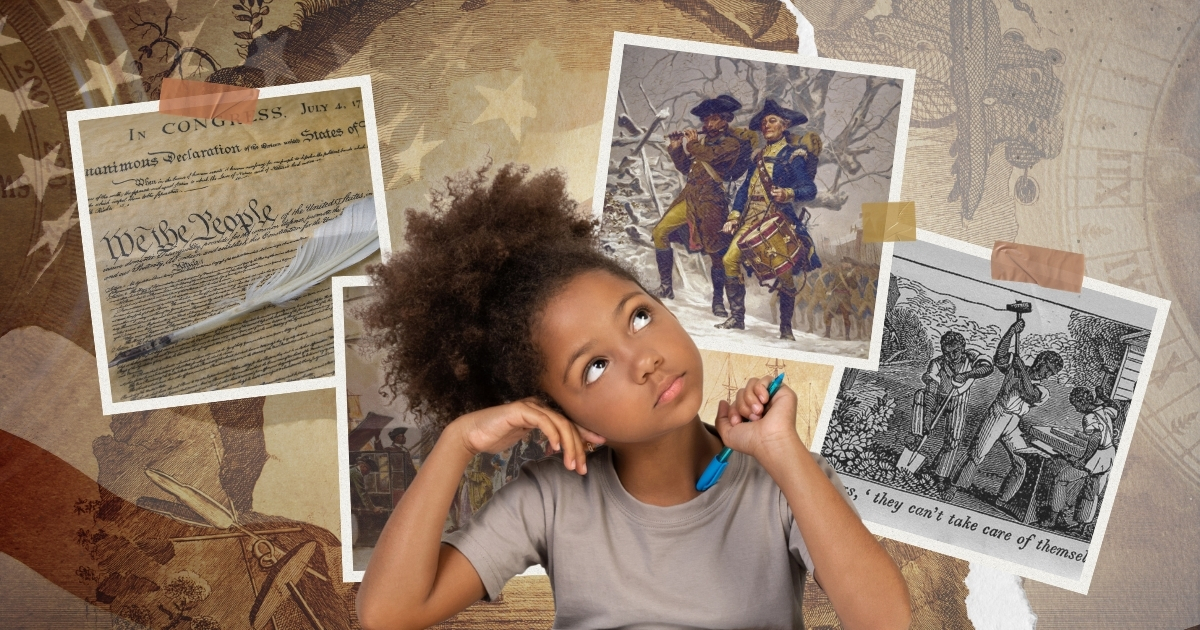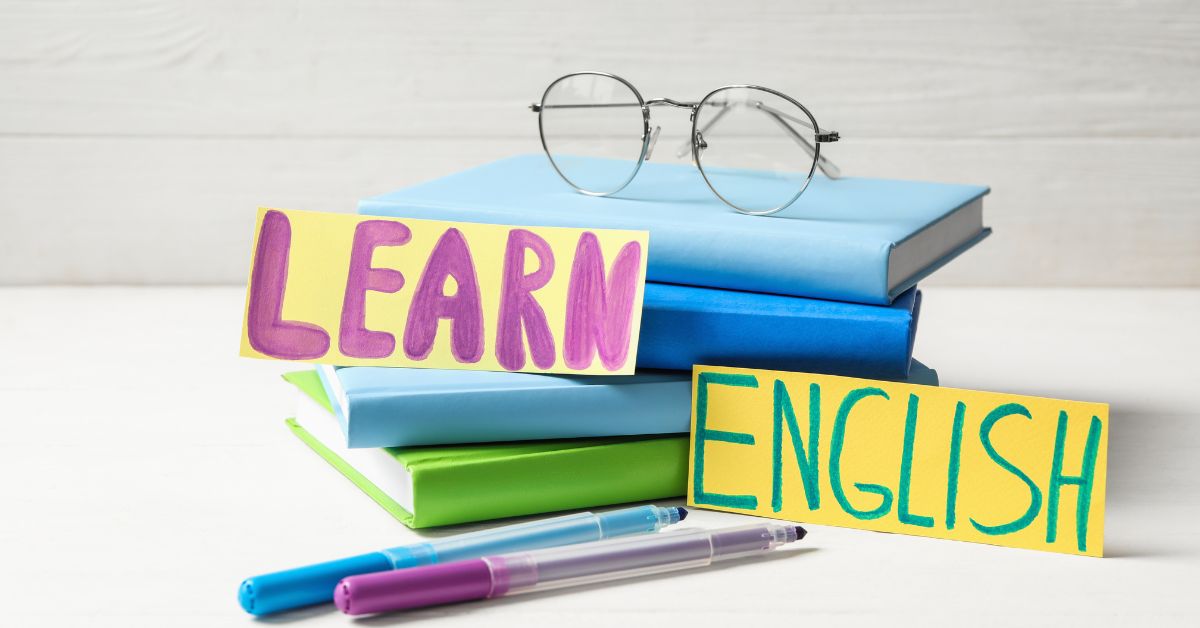Teaching American history at home can be one of the most fulfilling aspects of homeschooling. It allows you to guide your child through the rich and complex story of America’s past, but it can also come with challenges. With so many resources available, you might wonder where to start or how to keep lessons engaging. The good news is that there are plenty of effective, affordable, and even free options to suit any homeschool approach.
Here, we’ll cover the best resources to teach American history at home and share practical strategies for creating an interactive and rewarding learning experience.
Tailor Your Approach to Your Child’s Learning Style
Before jumping into specific resources, it’s helpful to start by understanding your child’s learning preferences. A personalized approach can go a long way in making history lessons enjoyable and effective.
- Visual learners: Use maps, timelines, and illustrations to help them visualize historical events. Color-coded timelines or videos are especially useful.
- Auditory learners: Use podcasts, audiobooks, and discussions. Storytelling podcasts or documentaries with narration are great options.
- Kinesthetic learners: Incorporate hands-on activities such as building models of historical landmarks, crafting projects, or reenacting historical events.
Once you know how your child learns best, it becomes easier to customize lessons and choose the right tools.
Use Storytelling to Bring History to Life
History can sometimes feel like a jumble of dates and facts, but storytelling can transform these details into meaningful narratives. Focus on the experiences of real people who shaped or lived through historical moments.
- Biographies and historical novels: Books like The Signers by Dennis Fradin or Carry On, Mr. Bowditch by Jean Lee Latham offer personal stories that resonate with young readers.
- Documentaries and movies: Choose family-appropriate films or series that showcase key events or figures. For example, Ken Burns’ The Civil War is an excellent way to immerse older children in that time period.
- Historical journals and letters: Read excerpts from figures such as Abigail Adams, Frederick Douglass, or soldiers from the Revolutionary or Civil Wars to bring a human perspective to history lessons.
This method encourages your child to make emotional connections to the past and fosters critical thinking about motivations, decisions, and consequences.
Explore Primary Sources
Engaging directly with primary sources allows students to step into history as it happened. These firsthand accounts and artifacts reveal the personal experiences and challenges of past generations.
- Digital archives: The Library of Congress and National Archives websites provide access to photos, letters, speeches, and government documents.
- Interactive lessons: Use specific examples, such as Martin Luther King Jr.’s “I Have a Dream” speech or diary entries from westward expansion pioneers.
- Critical thinking exercises: Encourage students to ask questions like, “Who created this document? How might their perspective influence the story it tells?”
Using primary sources not only brings history to life but also helps develop analytical skills, a valuable tool for both historical studies and everyday decision-making.

Leverage Technology for Interactive Lessons
Technology can be a powerful ally when homeschooling. Many online platforms make history fun, engaging, and accessible.
- Khan Academy: Offers free American history courses with video lessons, quizzes, and activities. It’s great for structured learning and easy to follow.
- iCivics: Founded by former Supreme Court Justice Sandra Day O’Connor, this platform offers games and lesson plans focused on U.S. history and government.
- Virtual field trips: Explore sites like Independence Hall, the Smithsonian Museums, and Mount Rushmore digitally. Many historical institutions host virtual tours that bring major landmarks into your living room.
- CrashCourse on YouTube: Tackles U.S. history in digestible, 15-minute segments filled with humor and thought-provoking insights.
By blending traditional resources with technology, you’ll keep your child engaged and excited about learning.
Make Learning Hands-On
For many children, hands-on projects are one of the most impactful ways to deepen their understanding of history.
- Model-building: Create replicas of historical landmarks like the White House, Liberty Bell, or a Native American longhouse.
- History-themed crafts: Design colonial-style quilts, paint Revolutionary War flags, or assemble family trees to connect personal history to America’s broader timeline.
- Mini-documentaries or presentations: Ask your child to research a historical event or figure and present their findings through a short video or a homemade poster.
- Cooking through history: Prepare dishes that were popular in specific eras, such as Revolutionary War hoecakes or Great Depression-era recipes, for a sensory way to explore the past.
These activities make history tangible while helping develop research, creativity, and problem-solving skills.
Build Community Through Homeschooling
Homeschooling doesn’t have to be a solo adventure. Engaging with other homeschool families or communities can add variety and enrich your child’s experience.
- Join local homeschool groups: Many groups organize history fairs, debates, or reenactments. Collaborating with other students often sparks different perspectives and deeper discussions.
- Plan group activities: Consider creating a timeline project or hosting a historical dress-up day to encourage interactive learning.
- Visit historical sites together: Organize group field trips to local landmarks and museums. Many sites include educators who deliver talks or help organize activities for young learners.
Learning alongside peers can add a layer of fun to history while building social and communication skills.
Top Resources to Teach American History at Home
When it comes to specific tools and materials, there’s no shortage of options. The key is to choose resources that fit your goals, teaching style, and budget. Here are some standouts to consider:
- A History of US by Joy Hakim
- A comprehensive ten-volume series written in a unique narrative style that appeals to young readers.
- Covers everything from colonization to modern times in storybook form.
- Howard Zinn’s A Young People’s History of the United States
- Provides alternative perspectives and challenges traditional narratives, encouraging critical thinking.
- Khan Academy
- Free, flexible lessons that include video lectures, quizzes, and interactive content on U.S. history.
- CrashCourse YouTube Channel
- Engaging, fast-paced video lessons for middle and high school students.
- Historical fiction books:
- Look for titles like Number the Stars by Lois Lowry (World War II) or Bud, Not Buddy by Christopher Paul Curtis (Great Depression).
- iCivics:
- Offers games and activities that explore foundational American government concepts and historical milestones.
These resources span a variety of formats, making it easier to adapt your curriculum to suit your child’s interests and needs.
Connect With Local and Free Resources
Don’t overlook the value of local opportunities and free materials. Libraries, historical societies, and community centers can be treasure troves of American history content.
- Libraries: Borrow books, documentaries, and access online learning databases for free.
- Local historical societies: Many are open to homeschool groups and offer tours, lectures, or unique resources about local history.
- Free public lectures and events: Check if nearby museums or universities host events to commemorate key historical anniversaries.
Connecting learning to your local area can foster a personal sense of how history impacts daily life.
Teaching American history at home isn’t just about covering dates and names; it’s about exploring the ideas, conflicts, and choices that shaped the nation. By using creative tools and tailoring your lessons to fit your child’s needs, you’ll inspire curiosity and critical thinking, laying a strong foundation for lifelong learning. The right resources make all the difference, so mix and match until you find the perfect fit for your family.





